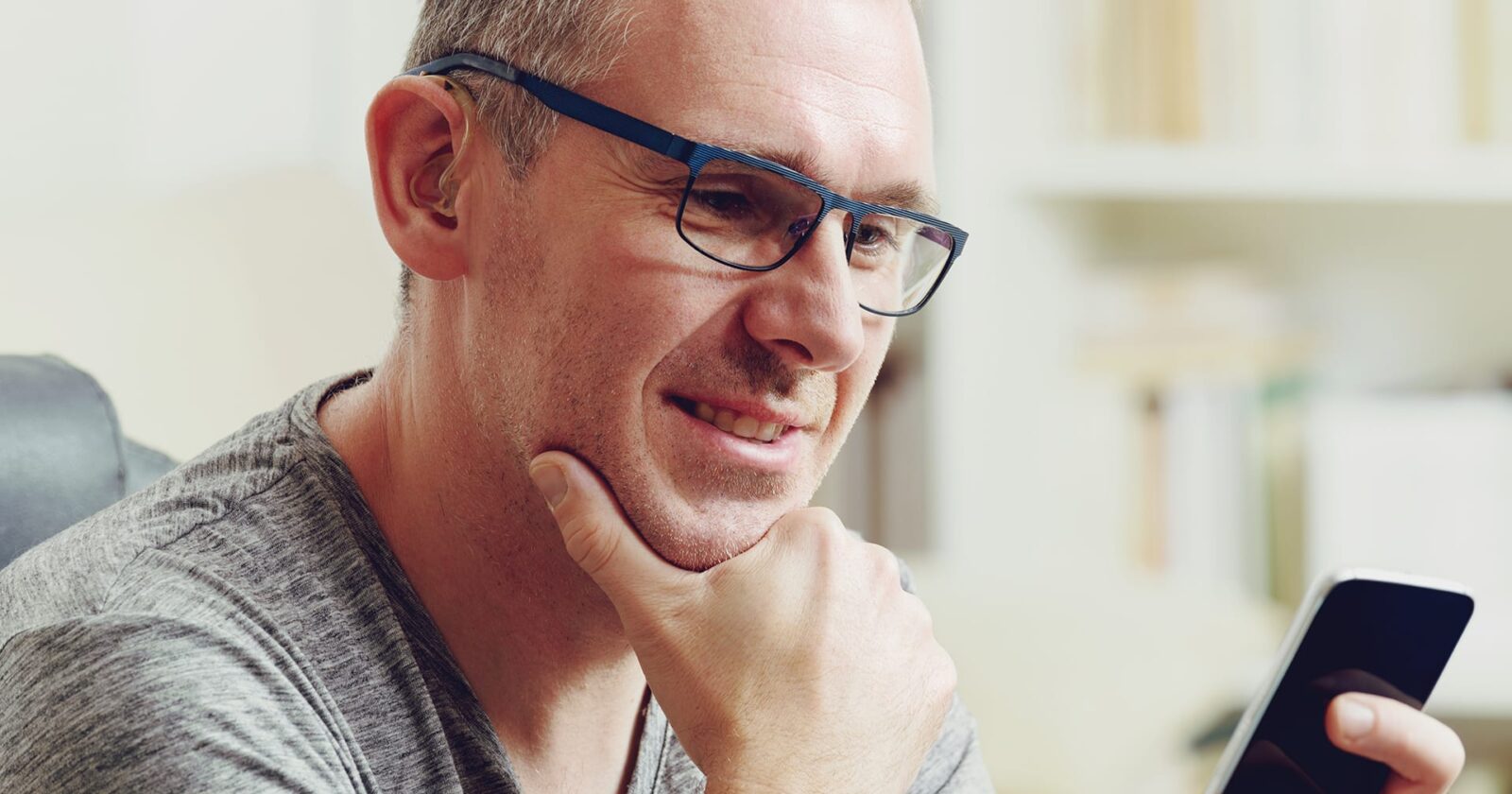
Cochlear Limited has been producing implantable hearing devices for almost 30 years. These hearing devices have helped hundreds of thousands of people improve their hearing and live a more accessible life. Last July, Cochlear Ltd. announced the release of three new smartphone hearing devices.
These devices, which were recently approved by the U.S. Food and Drug Administration, will allow Cochlear customers to connect their smartphones to their cochlear implants, and control certain settings within an app.
About the New Hearing Devices
The three devices that were approved by the FDA are the Kanso 2 Sound Processor, The Nucleus 7 Sound Processor, and the Custom Sound Pro fitting software.
Kanso 2 Sound Processor
The Kanso 2 Sound Processor is an off-the-ear hearing device. Cochlear states that it is the smallest and lightest off-the-ear device available. Users can connect their Kanso 2 Sound Processor to their Apple or Android smartphone. They can control their sound settings, test their hearing device, and check on their battery percentage. The device also includes a Remote Check option, which allows audiologists to check the status of a hearing device without an in-person appointment.
Nucleus 7 Sound Processor
The Nucleus 7 Sound Processor is a small, light, behind-the-ear hearing device. Nucleus 7 users can connect their hearing device to their Apple or Android smartphone. They can check their battery percentage, find a lost or misplaced device, and control the sound processor settings. This device also includes dual microphones and SmartSound IQ, as well as Hybrid Hearing technology to mimic natural hearing and cut out on background noise.
Additionally, both new devices allow users to stream music, video, and phone calls directly into their device from their smartphone.
Custom Sound Pro Fitting Software
The Custom Sound Pro Fitting Software helps connect Cochlear customers with their clinicians. Both the Kanso 2 Sound Processor and Nucleus 7 Sound Processor come with data logging abilities, allowing their clinicians to pull data directly from their hearing devices. Cochlear believes that this software will increase clinicians’ on-air time with their patients, promote engagement between patients and clinicians, and improve progress tracking.
How Do Smartphone Hearing Devices Help with Accessibility?
Around 15% of U.S. adults report that they have trouble hearing, according to statistics gathered by the National Institute on Deafness and Other Communication Disorders (NIDCD) in 2016. That’s about 37.5 million people.
With the prevalence of video in today’s digital landscape, it may be difficult for people with hearing problems to understand and enjoy video web content. This may be a video advertisement, viral video, or informational video clip. This can cause frustration and leave out a large group of people who could become customers or brand supporters.
Cochlear has been helping people with hearing impairments improve their hearing for years. Their new smartphone hearing devices will provide users with a greater sense of freedom and accessibility in their daily lives. In addition to helping people make calls more easily, people will be able to stream videos directly into their devices, ensuring that they do not miss out on important informational videos, educational or instructional clips, and even fun, pop culture moments.